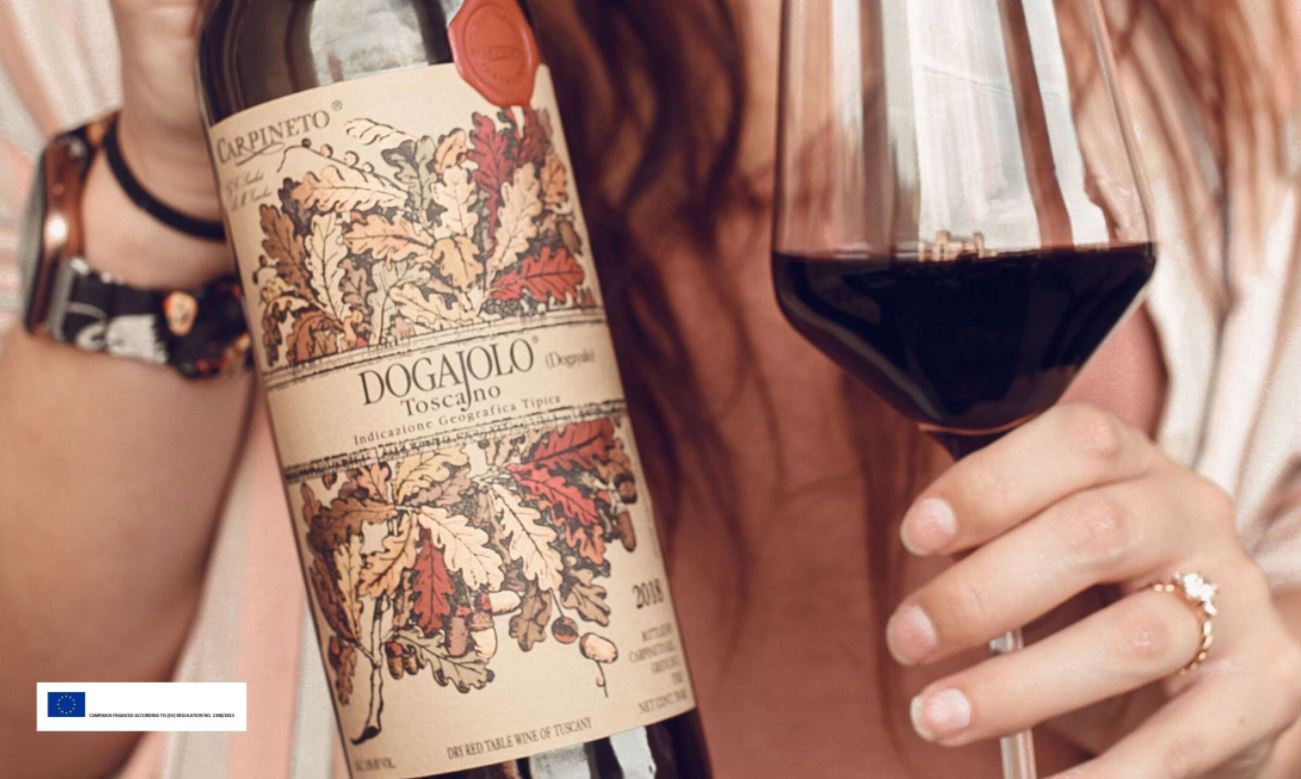You may have found yourself buying a bottle of sparkling wine, perhaps for a special occasion, only to be told by the wine shop owner that "This is a Millesimato". This is a sentence which is then usually followed by the vintage. Or on the contrary, you may have heard "This is a Cuvée wine". At this point there are two things you can do – smile and pretend to understand or learn what these technical wine terms mean so you can avoid any wine shop embarrassment and look like a pro. The following is a quick guide for those who have chosen the latter.
Let's start with a Millesimato wine. This sparkling wine is made from grapes that are of a single vintage (millésime, in French) and, therefore, from a single harvest. So, when your local wine shop owner proposes a "Millesimato 2018" wine, this means that all the grapes from which it derives were collected during the 2018 harvest. Isn’t that true of all wine? And if not, then why even add the vintage year onto a wine label? Legitimate question. Sparkling wines undergo a different process compared to that used for still wines so after the vinification, and the alcohol fermentation process, wine is then fermented a second time to get the bubbles we so love.
It is often the case that wines come from different vintages in order to keep the quality level of sparkling wines constant over time. If due to climate changes or for other reasons vintage “X” is not of a satisfactory level, then it will be compensated with the wines obtained from vintage “Y”, which when blended with the first, give rise to the perfectly balanced sparkling wines. And now we know what a Cuvée is - a sparkling wine born from the combination of different vintages. If instead on the wine label you should find the vintage collection of grapes, this is a sure sign that your wine is a Millesimato.





